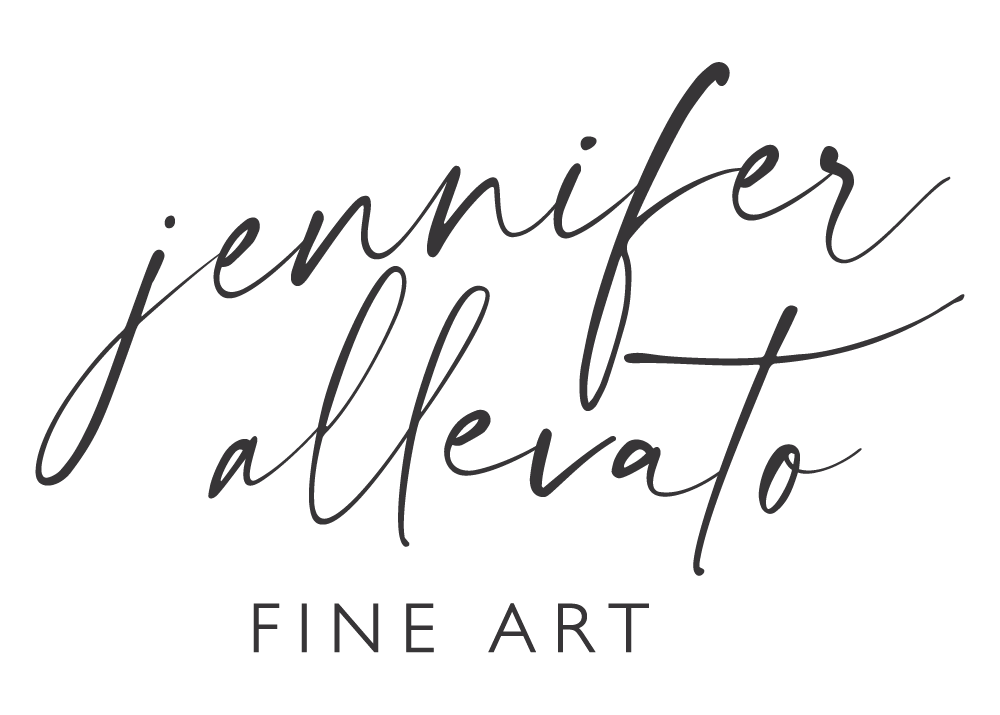July 05, 2018
Whenever I sell my prints at shows, I always get asked "How would you frame this?"
So I thought I'd share a few tips on framing prints (or any works on paper).

Almost all of my art prints are sold with a white border on the edges. This does 3 things:
1. It gives the look of having a "built-in" mat around the print, making it look more like fine art and less like a poster.
2. It gives space around the edges so when framed, none of the image is covered by the front frame lip. (If you've ever noticed when framing a photo, the front edge of a frame can cover up an image by anywhere from 1/16" on every side to even 1/4" on every side, depending on the frame. That means up to an entire half inch of your image could be covered up!)

3. It allows the bottom signature, title, and (if applicable) number of the print to show. Signed prints are worth more than unsigned prints, and numbered limited edition prints are worth more than open edition prints, so it stands that most people want to show off the signature! (and on an "original print" - aka a hand-pulled printmaker's work, like a lino cut, woodcut, lithograph, etc., the number in the edition is very important, too. To own a print out of an edition of only 20 makes the piece worth more than an edition of 200, which is worth more than an edition of 1000, etc.) Every artist will sign their pieces differently, but in general, signed on the front in pencil at the bottom of the piece is standard. So if your piece has that, proudly show it off!

If you take your piece to a framer's to be professionally framed, you may notice that more white space is left on the bottom of the piece than the top (or the mat may even be cut a little thicker on the bottom). This visually balances the piece. If too little white space is left on the bottom, it can feel cramped or top heavy.
In terms of art preservation, it is better for a work on paper to be framed with a mat. The mat not only gives the piece more visual presence, but it keeps the artwork itself from touching the glass on the frame, which better protects the art.
However, while it is safer for art on paper to be framed with a mat, it isn't a requirement!

These prints shown here are framed without a mat in standard off-the-shelf frames from a big box store, and I think they look great! I always personally lean toward simpler frame styles and colors, but your frame style should go with your decorating style. An ornate frame can really elevate a simpler piece of art.

Here is a simple, small, black and white etching I did several years framed with a nice thick black mat and ornate gold frame. Note how the edition number, title, and signature are all visible at the bottom, and how much deeper the mat is cut on the bottom than the sides and top. The piece hangs in a formal dining room, so the elevated frame style works really well with the decor, despite the art itself being rather clean and traditional.
Regardless of how you frame your art, always make sure you are using archival-quality materials; that means looking for acid-free backings, papers, and mats, which will keep the delicate paper from aging too quickly. Art on paper, whether a print, photograph, drawing, pastel, etc. should always be hung out of direct sunlight (which can break down the paper and bleach the pigments) and away from moisture (which can cause mildew or mold or even make the art stick to the frame or glass itself, causing irreparable damage).
And if you don't have a local framer that you like, there are amazing online custom framing shops like Simply Framed and Framebridge that can frame your piece for you.
Happy framing!
p.s. All art shown here is mine, and you can shop my available art prints here!
November 24, 2025
You're invited!
Join us Thursday, December 4th from 5-8:30pm for the opening celebration of She Glows: A Holiday Pop-Up Art Show at
November 03, 2025
Consider this your formal invitation to DC's most anticipated art event of the year: Umbrella Art Fair!
September 21, 2025
Recently I visited the house and gardens at Dumbarton Oaks, an historic estate hidden away in residential Georgetown in Washington, D.C. I was awe-struck by the grounds, so tree-covered among the hills that you forget you're not in the middle of the countryside!
